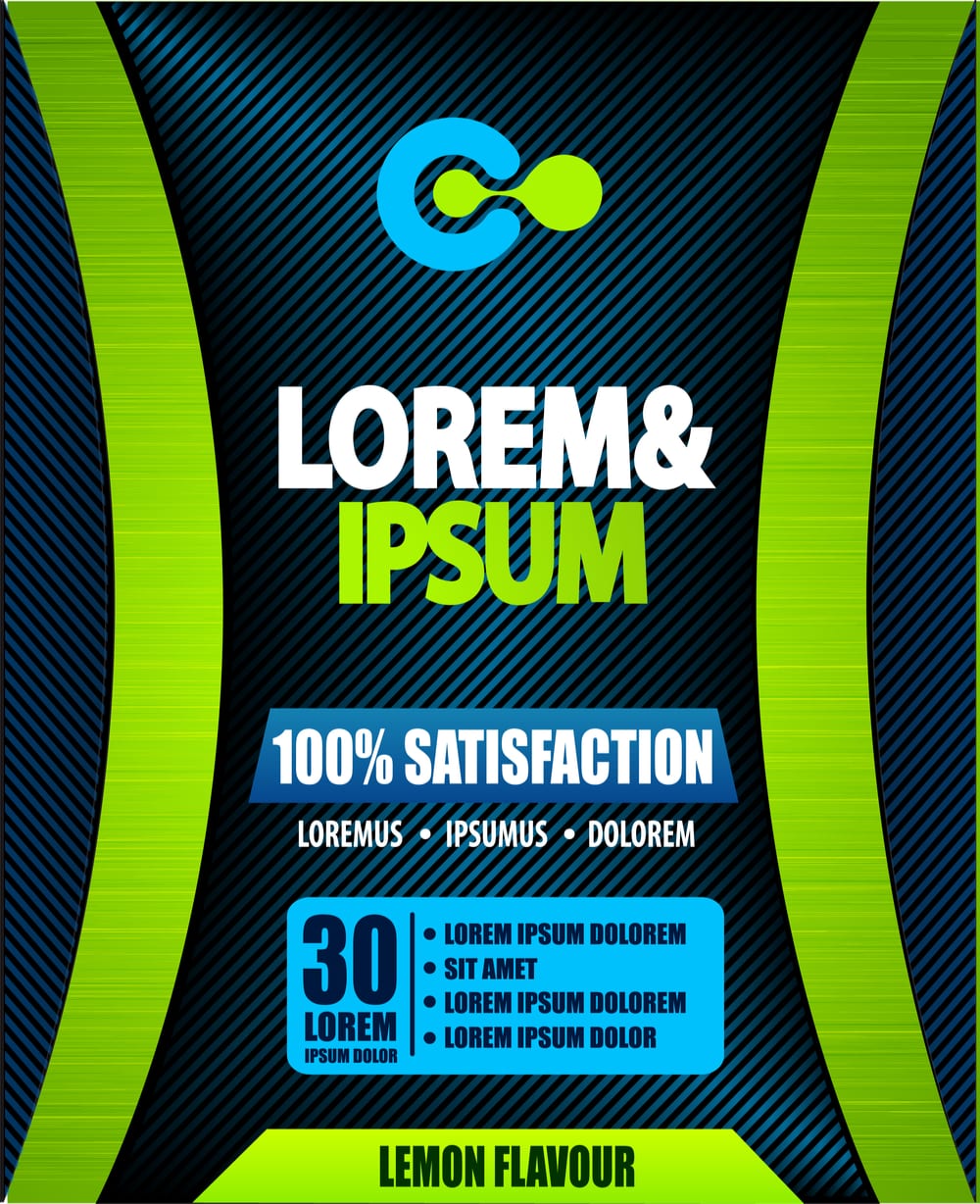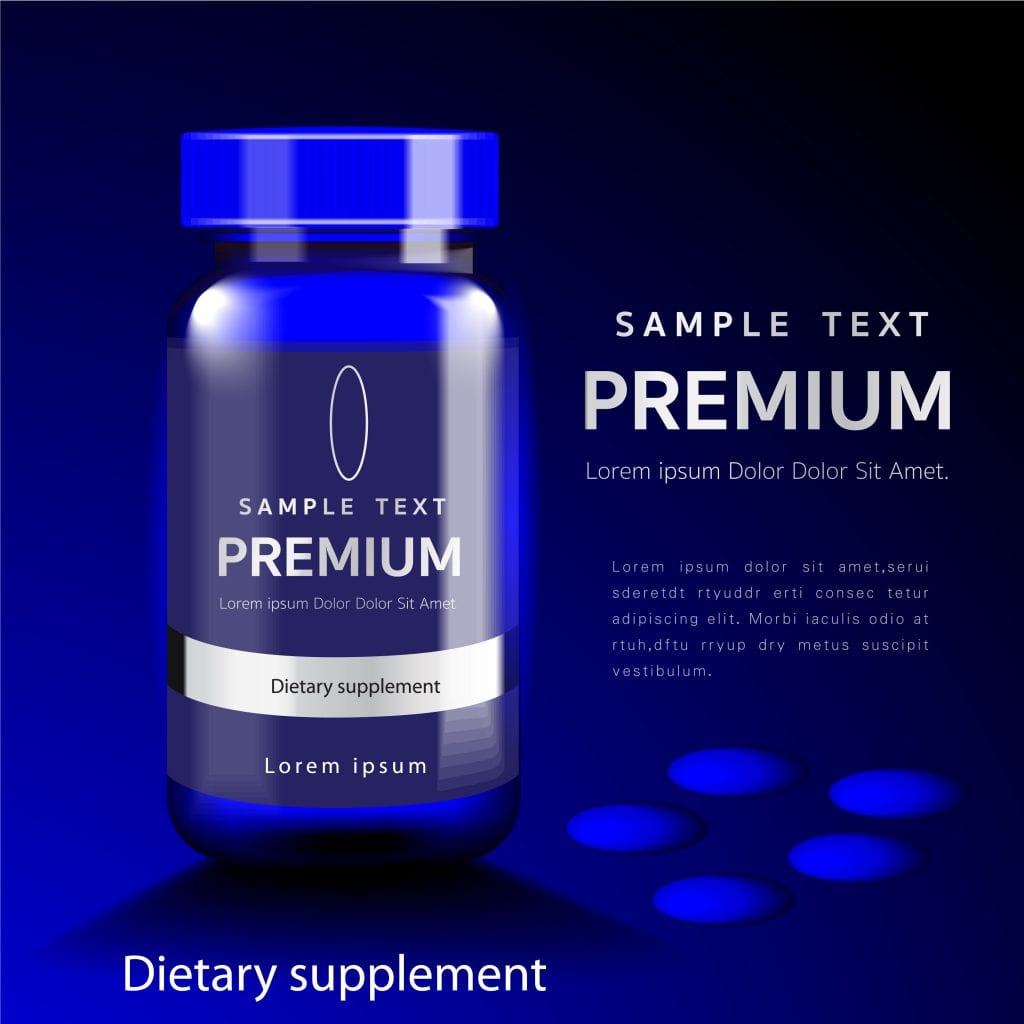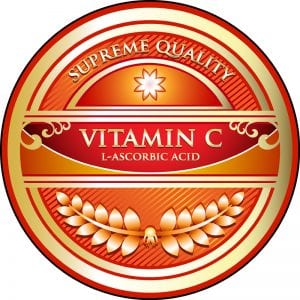
You can’t judge a book by its cover. Although we all like to believe that this age-old saying is true, the reality is very different. In general, we all judge everyone and everything based on appearances. We actually do judge actual books by their actual covers!
When it comes to products on store shelves or in online stores, appearances mean everything. Since the average person makes judgments based on appearances, your product label design is one of the most important things to consider. So how do create a label that catches a consumer’s eye? In this article, we offer some tips on label design. Also, we’ll review suggestions for keeping your labels FDA-compliant.
Examples of Good Label Design
Whether you sell products in an online store or on shelves in a physical store, perfecting your label design is crucial. The right design will be visually appealing and also attractive. To help you create a perfect product label, below are some useful tips.
Marketing Strategy
Before you design and produce a label, the first step is to start with a little marketing strategy. For example, which segment of the population will you target? Older adults? Kids? Health-conscious adults of all ages? By defining your prospective clientele, you’ll have a better idea of the type of label you need. Additionally, doing your own independent market research will be helpful. This is actually easier than it sounds. Visit
local retailers and online stores and see which labels catch your eye. Take notes on design elements like color schemes, text size and colors, graphics, and others. If a design attracts your attention, then similar design elements will probably attract others too.

Design Tips
Although a label’s fine print is important information, it isn’t the thing that draws people in. Even if they aren’t consciously aware of it, whenever people see a product label, they notice are the style and design. To help you achieve a great look for your label, below are the main visual elements to focus on.
Colors
Did you know that different colors communicate different things? Here are a few examples of colors and the messages they convey (1)
- Red – In general, reds grab your attention. It communicates passion, power, energy, love, aggression, heat, danger, intensity, and strength.
- Blue – A calming color that conveys serenity, positivity, loyalty, trustworthiness, friendliness, sweetness, charm, harmony, unity, stability.
- Yellow – Communicates joy and happiness and attracts attention. Also, “optimism, enlightenment, wisdom, cheer, idealism, hope, clarity
- Black – Formality, sophistication, elegance, a sense of mystery, authority, but also fear, mystery, anger, and mourning.
- White – Represents purity, cleanliness, innocence, cold, simplicity, and sterility.
- Orange – Another attention-grabber, orange also communicates enthusiasm, fun, energy, vigor, audacity, healing, immunity, success, balance, and creativity.
- Green – Provides a sense of life, vitality, health, growth, renewal, calmness, freshness, and generosity, but also jealousy.
- Pink – A stereotypical female color that communicates love and romance but also calmness, optimism, nurture, and softness.
- Brown – Provokes a sense of nature, earthiness, simplicity, ruggedness, sincerity, stability. When used in a design, brown sometimes represents the environment. Also, in some packaging, it may represent ‘natural’ ingredients.
- Purple – royalty, spirituality, romance, luxury, extravagance, wisdom, mourning, ceremony.
For dietary supplements, the label colors you choose should match the product. For example, an energy-boosting supplement’s label should probably have warmer, attention-grabbing colors like red, yellow, and orange. On the other hand, if you’re marketing a sleep aid or supplement for relaxation, cooler colors like blues are better.

Logos and Font
When choosing a font, make sure it is legible and easy to read. Although the logo might look great on a computer screen, it may become unreadable when it is on the packing. Also, the logo and font need to be consistent with your marketing strategy. For example, if a supplement targets men, choosing a flowing cursive script might not be the best choice.
What’s more, even the smallest fonts should be readable. Lastly, don’t use more than two fonts for a product label. Having too many fonts can be distracting and can make your packaging look amateurish.
Text
The copy (text) on your label needs to be readable. But most importantly, it needs to clearly communicate the benefits of your product. Because of this, you should focus on attributes like time-release, organic, GMO-free, etc. Basically, make sure to prominently display your product’s special qualities and features on the label.
Staying FDA Compliant
The FDA doesn’t regulate the production of dietary supplements. However, the FDA does regulate label claims. Below are issues to know to make sure your product labels stay FDA-compliant (2).
Label Statements – There are five statements that you must include on your label:
- The supplement name
- The amount
- A list of ingredients
- A nutrition label
- The manufacturer’s and/or the packer and or distributor name and address
Supplement Facts – A list of dietary ingredients and their sources. This should include specific plant parts that the ingredients come from.
Nutrition Facts – Must include all nutrients, even nutrients with zero amounts.
Dietary Ingredients – Dietary ingredients with daily value amounts “must be listed in a specific order. All vitamins, electrolytes, and minerals must be grouped together.
Percent Daily Values – The daily reference value found in one serving of a supplement.
Font Size – Fonts should be easy to read. FDA guidelines state that “letters must be at least one-sixteenth (1/16) inch in height based on the lower-case letter “o,” and not be more than three times as high as they are wide unless you petition for an exemption in accordance with 21 CFR 101.2(f).”
Be sure to follow these guidelines when designing your labels. Failing to follow FDA labeling guidelines or making false product claims could lead to fines and removal of your products from shelves. For even more details regarding FDA label compliance, visit FDA.gov (2).
SMP Nutra
SMP Nutra offers full-service label design, printing, and packaging services. We’ve been in the business for many years and know how important the right packaging is for your brand. Learn more about our branding and packaging services.

